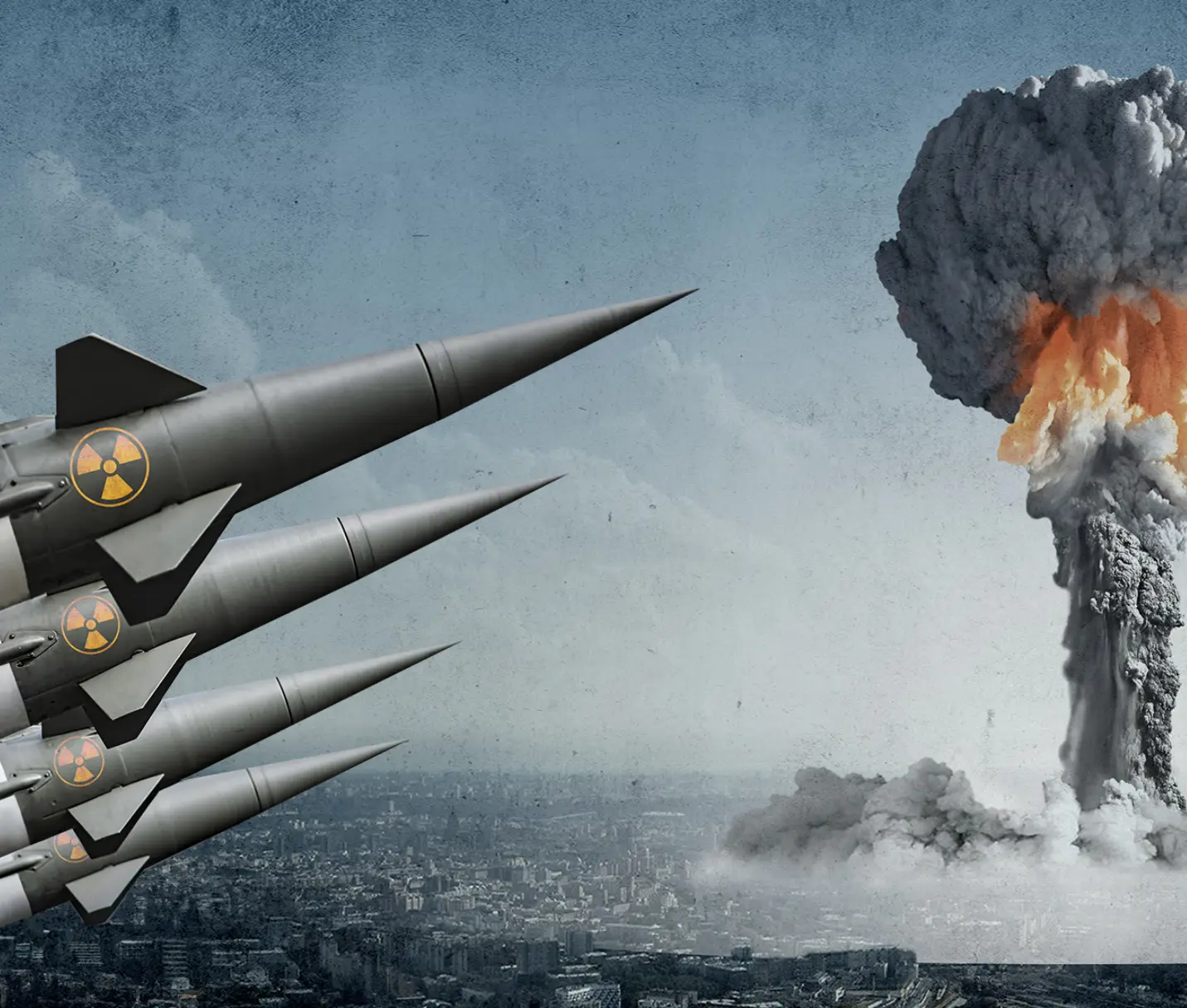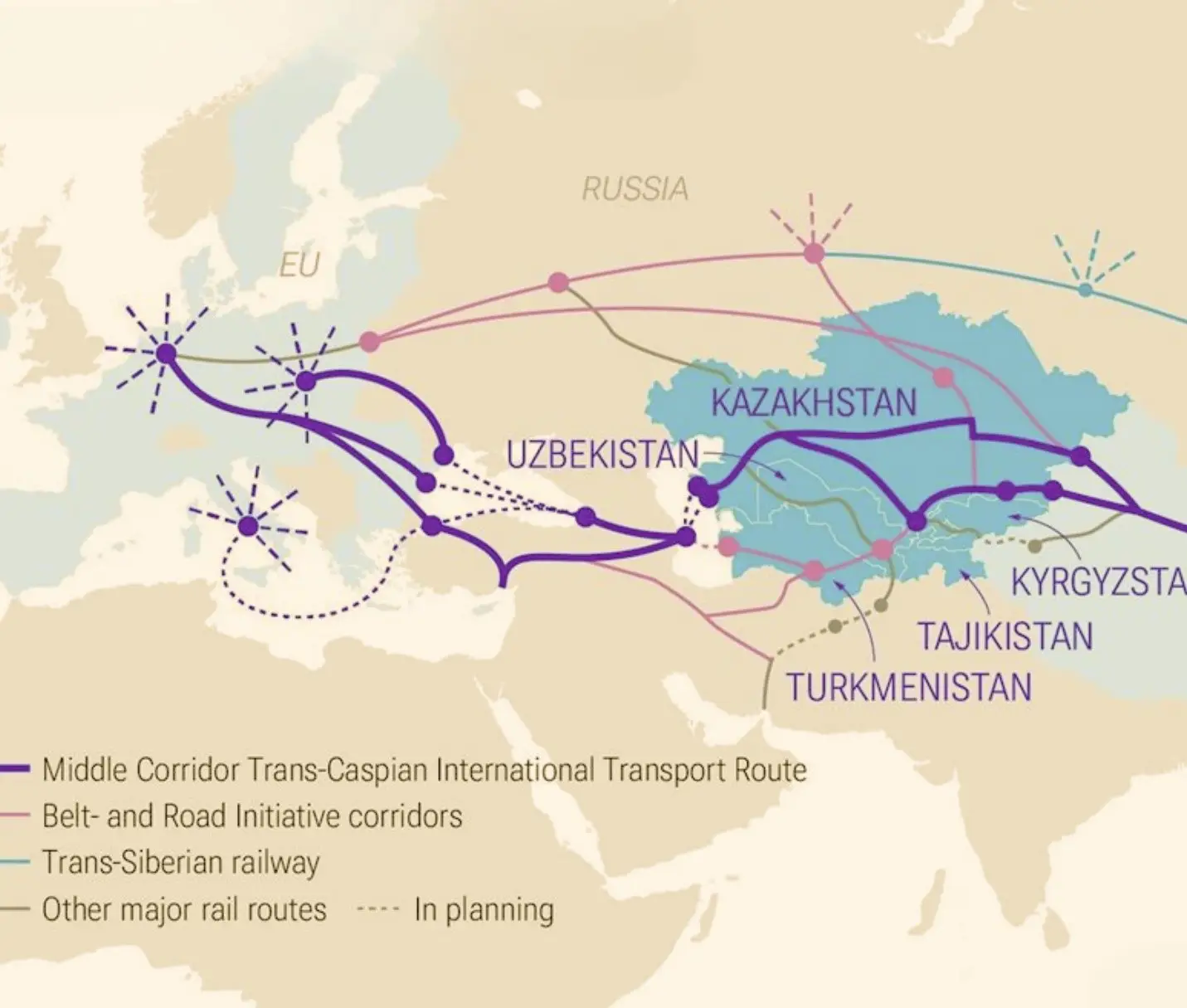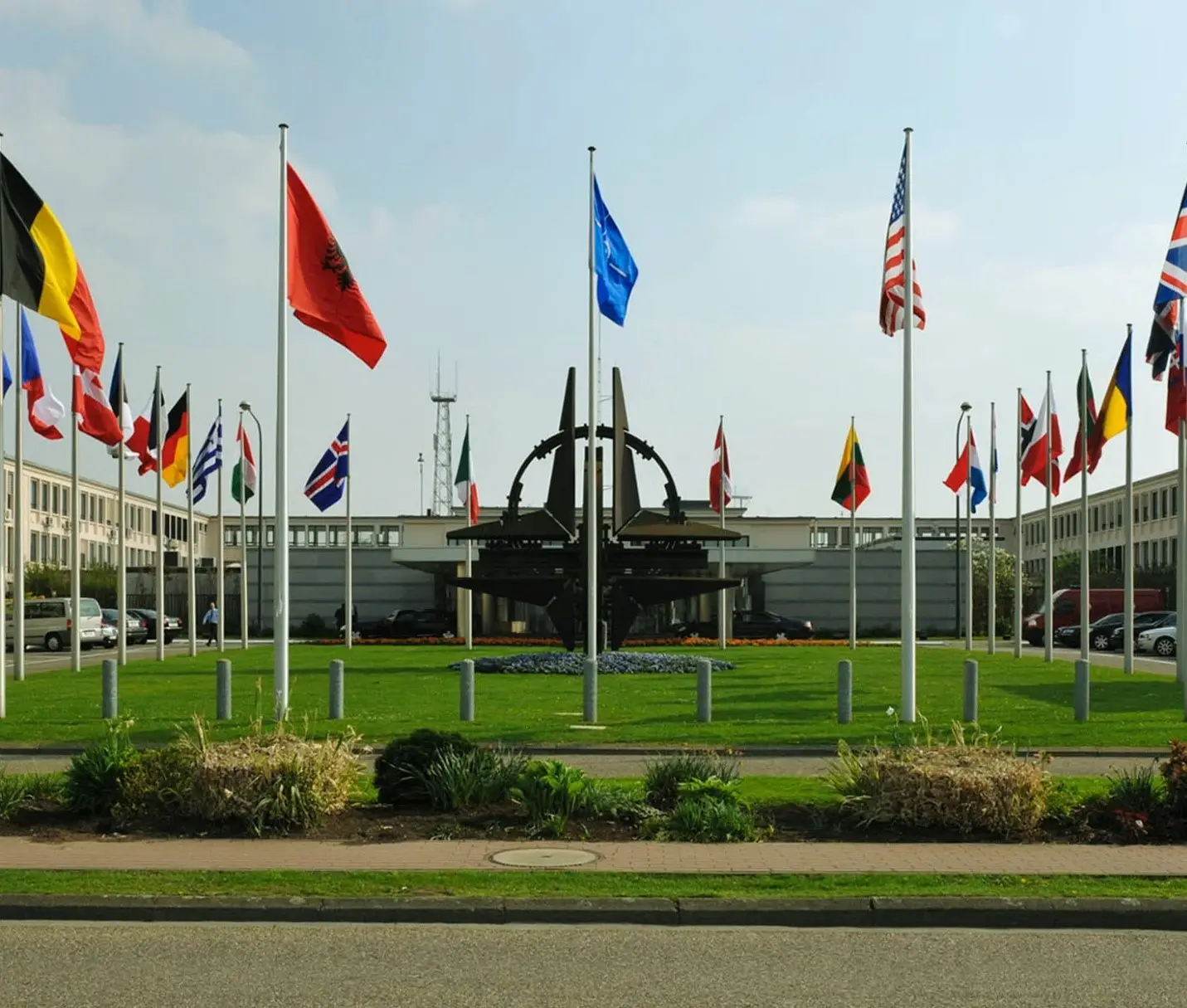In 2009, nuclear weapons appeared increasingly obsolete. The U.S. and Russia were reducing their arsenals, and U.S. defense priorities had shifted to counterterrorism. Leading strategists even advocated eliminating nuclear threats. Today, however, the United States faces a Category 5 hurricane of nuclear dangers. China is accelerating its arsenal growth with the goal of parity with the U.S. and Russia, Russia is exploiting nuclear threats to shield its aggression in Ukraine, and North Korea and Iran are expanding their programs. Meanwhile, India and Pakistan’s 2025 exchange of conventional strikes marked a dangerous precedent.
The challenge is unprecedented: the U.S. must now deter multiple nuclear-armed great-power rivals, each possibly integrating nuclear weapons into offensive strategies. There is rising risk that powers like China and Russia may coordinate aggression to stretch U.S. deterrence to its limit. Simultaneously, the collapse of nuclear agreements and growing doubts about U.S. security guarantees are prompting some allies to consider pursuing nuclear arms. All of this is occurring as the U.S. arsenal remains outdated, modernization programs suffer delays, and global nuclear constraints erode.
The most consequential shift is China’s dramatic expansion of its nuclear arsenal under Xi Jinping. Historically limited and designed for retaliation only, China’s posture has transformed. Hundreds of new ICBM silos, regional low-yield missiles, hypersonic systems, and a submarine-based deterrent point to a more aggressive stance. With operational warheads doubling in five years, and targets of 1,000 – 1,500 warheads by 2035, China may be preparing for a strategy that goes beyond assured retaliation. Its capabilities may now be aimed at shielding regional aggression or coercing adversaries with tactical nuclear threats. As a result, U.S. deterrence strategy, designed primarily for Russia, will be insufficient without adaptation.
Russia has abandoned arms control, issued credible nuclear threats during setbacks in Ukraine, and revised doctrine to target nuclear-armed supporters of opposing non-nuclear states. The risk of escalation during the 2022 Ukraine crisis was the highest since the Cuban missile crisis. Since then, Russia suspended the New START treaty, deployed tactical weapons in Belarus, and floated plans for space-based nukes. Its strategy provides a model for China and North Korea, use nuclear threats to shield conventional advances. The U.S. and NATO have responded with expanded aid to Ukraine and troop redeployments, but the nuclear dimension now pervades the conflict.
Similarly, North Korea continues developing long-range and regional nuclear weapons to threaten both U.S. homeland and deter coalition strikes. Its aim is to force Washington to choose between defending Seoul or risking San Francisco. Iran, closer than ever to nuclear breakout, may seek a deterrent amid weakening proxies. A miscalculation could prompt U.S. or Israeli strikes, leading to a regional war. Pakistan, while claiming its program deters India, is reportedly developing an ICBM capable of striking the U.S., which would compel Washington to classify it as a nuclear adversary. Together, these developments embed nuclear risk in every U.S. strategic theater.
Beyond individual threats, the prospect of coordination among nuclear adversaries is increasingly real. North Korea is sending troops and munitions to support Russia, while Iran provides drones. Moscow shields them at the UN. The China-Russia strategic partnership is especially concerning, China supplies nearly all restricted imports that sustain Russia’s war economy, while Russia aids China’s space, missile defense, and early-warning systems. A future where China attacks Taiwan while Russia strikes Europe could paralyze U.S. response raising the risk of nuclear use or strategic collapse. In such scenario, U.S. president could be forced to back down in one or both theaters.
This volatile environment has prompted U.S. allies to consider developing their own nuclear weapons for the first time in decades. South Korea leads the list, but NATO countries like Poland or Germany might follow if doubts about U.S. commitment persist. However, proliferation would increase instability and invite preemptive strikes by nuclear adversaries. If allies build small, vulnerable arsenals without reliable protection, deterrence may collapse.
The U.S. has long planned a trillion-dollar modernization of its nuclear triad, Sentinel ICBMs, Columbia-class submarines, and B-21 bomber. F-35s now carry B61-12 gravity bombs for European deterrence. A new low-yield, sea-launched cruise missile could bolster Asian deterrence, and adapting existing Tomahawk missiles might accelerate deployment. Apportioning new air- or ground-launched systems to the Indo-Pacific is also under consideration.
While some suggest shifting to a countervalue strategy, targeting cities rather than military assets, this would expose U.S. cities to devastating retaliation, weaken extended deterrence, and likely provoke allied nuclear proliferation. The better path is refining the counterforce strategy. This does not necessarily require expanding the stockpile beyond 3,800 warheads, but calls for reassessment of the arsenal’s composition. Enhancing sea-based forces, regional options, and accurate strategic capabilities will preserve deterrence credibility.
To maneuver this storm, nuclear issues must no longer be confined to niche expert circles. Like in the Cold War, top leadership must take the helm. Modern deterrence depends not just on weapons, but on visible, proactive strategic planning. Nuclear weapons were once hoped to disappear from global politics. That hope has evaporated. A credible U.S. strategy in the new nuclear age must begin with recognizing reality, reaffirm alliance commitments, and ensure the arsenal is equipped to handle simultaneous threats. If Washington fails to prepare, it risks a future in which China, North Korea, or Russia crosses the nuclear threshold, possibly for the first time in history, because U.S. deterrence faltered. That storm is arriving faster than anyone forecast. Complacency is no longer an option.






